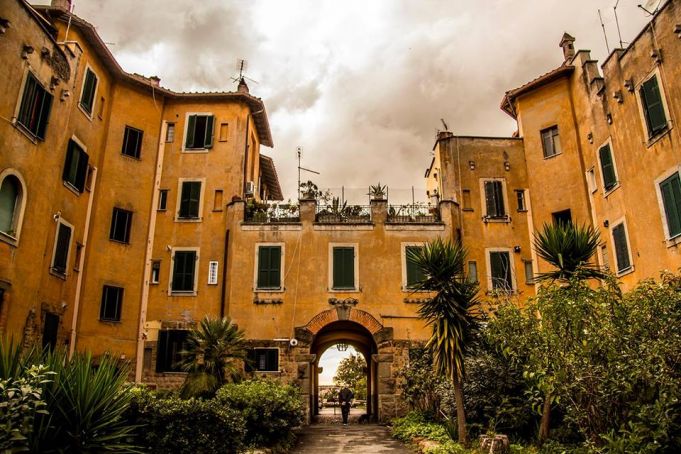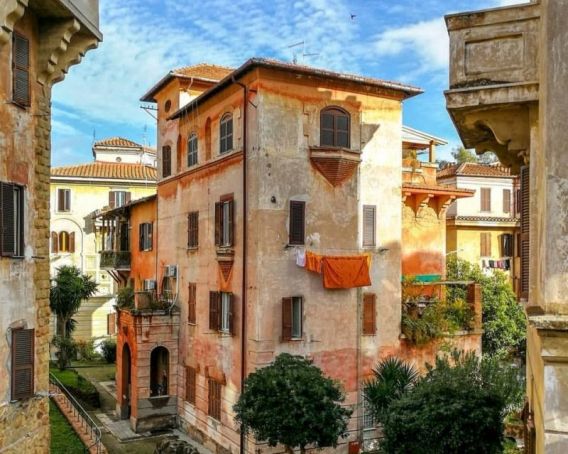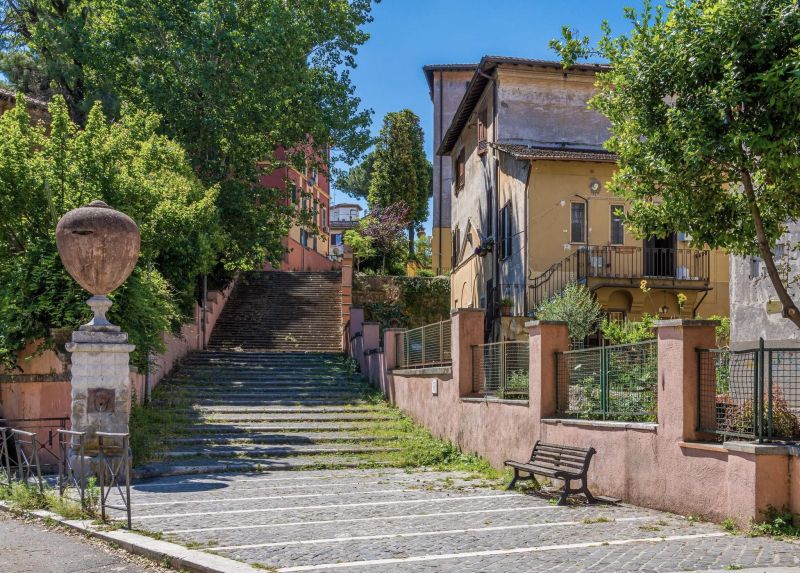Garbatella has its personal distinct Roman identification.
Rome’s Garbatella neighbourhood, which celebrated its centenary in 2020, was designed primarily to deal with railway and dock employees working within the neighbouring industrial district of Ostiense.
When Garbatella’s ground-breaking ceremony came about at Piazza Brin on 18 February 1920, an occasion presided over by Italy’s King Victor Emanuel III, the fledgling south Rome suburb was thought-about distant by many Romans.
The world’s design was primarily based on the Backyard Metropolis mannequin developed by English architect Ebenezer Howard, the pioneer of the backyard metropolis motion.
The designs have been tailored for a Roman context and the homes have been constructed by the Istituto per le Case Popolari (ICP), a state constructing society devoted to low‐price public housing.

This deal with group in addition to the realm’s comparatively distant location – on the time – fostered a robust sense of togetherness and solid a definite Roman identification amongst Garbatella residents.
The unique Garbatella improvement is famous for its eclectic mixture of architectural kinds, with Rococo, Baroque and Rationalist influences, in addition to its mass of inner courtyards and city gardens.

By the late Nineteen Twenties the realm expanded quickly, boasting the best inhabitants density within the metropolis.
This rush to satisfy elevated demand for housing meant that the newer ‘super-blocks’ did not reside as much as the beliefs set out within the authentic Backyard Metropolis-style designs.
Nonetheless the older space of Garbatella stays a pleasure to discover, with its flowers and shrubs tumbling over backyard partitions onto the neighbourhood’s slim, winding streets.
As for the origins of its poetic title, there are a number of theories, the most well-liked of which pertains to a well-loved native innkeeper known as Carlotta (or Maria).
In response to legend, this well mannered innkeeper, or “garbata ostella“, led to the creation of the title we all know in the present day as Garbatella.

